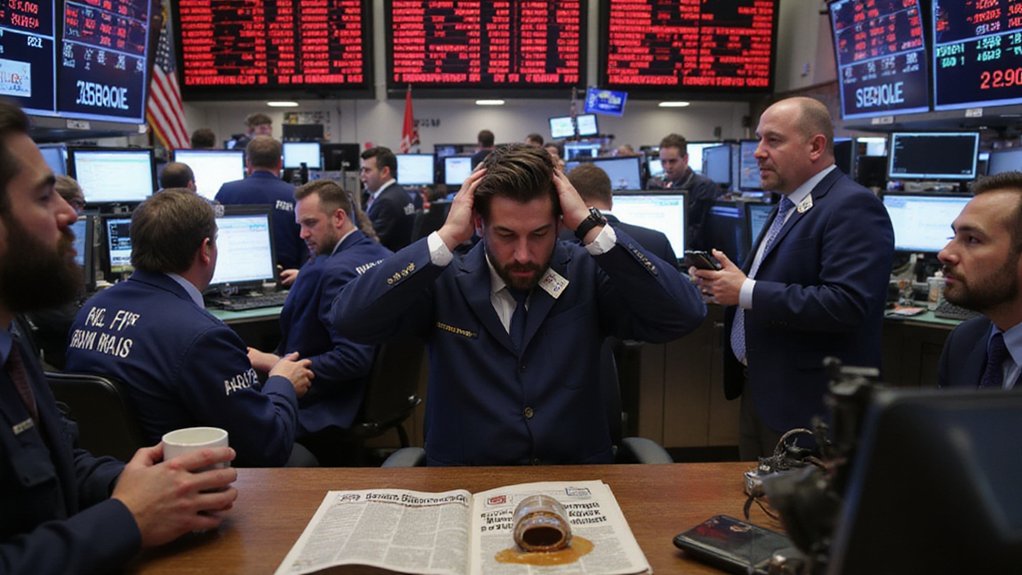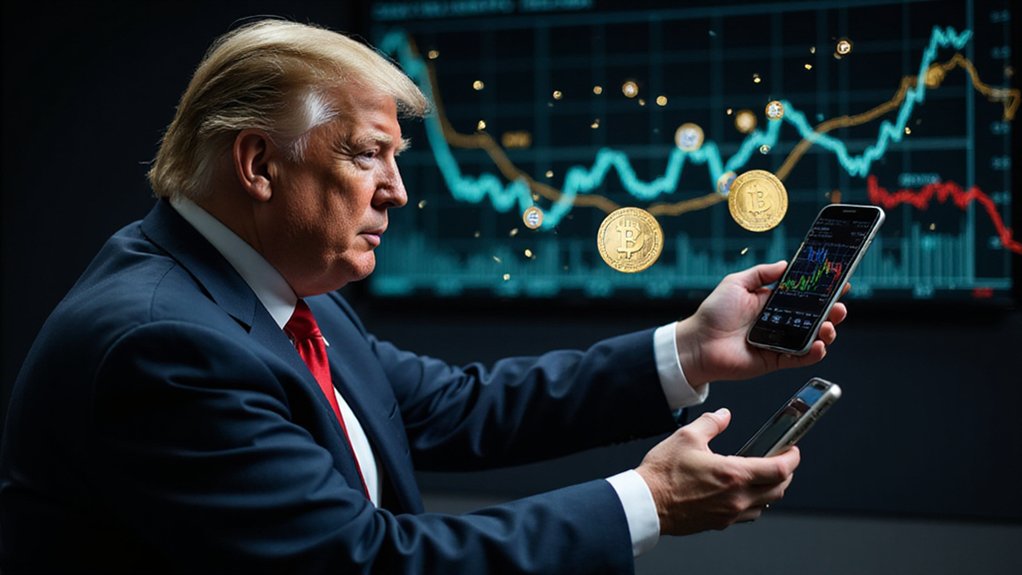The sweeping tariff declaration from the Trump administration has sent markets into a tailspin not witnessed in half a decade, as investors grapple with the implications of a minimum 10% levy on all U.S. imports—and substantially steeper rates for dozens of specific countries.
The policy’s graduated structure—imposing tariffs ranging from 11% to a staggering 50% on fifty-seven nations—has catalyzed what many analysts characterize as the market’s collective gasp of disbelief.
China faces an additional 10% tariff, while Canada and Mexico find themselves saddled with a hefty 25% surcharge (though Canadian energy resources received a modicum of mercy at 10%).
Wall Street’s immediate reaction bordered on the theatrical, with indices plummeting amid frenzied selling.
The volatility reflects not merely the tariffs’ direct economic impact but the specter of retaliatory measures culminating in the dreaded “trade war” scenario that keeps economists awake at night.
Yet administration officials maintain a peculiar sangfroid, suggesting that market participants simply brace for additional “pain”—a prescription that hasn’t exactly calmed institutional investors.
The administration’s projection of $5.2 trillion in new revenue over the next decade (ballooning to $16.4 trillion over thirty years) strikes many as optimistic, particularly given the anticipated $6.9 trillion reduction in imports during the same period.
This supply-demand dissonance presents a thorny macroeconomic calculus: will diminished capital flows offset projected revenue gains?
Implemented under the International Emergency Economic Powers Act—ostensibly to address illegal immigration and drug trafficking—the tariffs took effect with remarkable celerity: the general rate on April 5, with country-specific rates following on April 9, 2025.
Supply chains across manufacturing and agriculture have already begun showing stress fractures.
Current readings on the Fear and Greed Index have plummeted to levels reminiscent of major market corrections, signaling extreme pessimism among investors.
Perhaps most striking is the administration’s framing of these tariffs as an “economic revolution” rather than a mere policy adjustment. The tariffs aim to leverage America’s economic position, as foreign access to the US market is considered a privilege not right given the nation’s relatively open economy and low average tariff rates. Economic models project that middle-income households will face lifetime losses of $22K as a direct consequence of these trade policies.
Whether this revolution proves Glorious or Pyrrhic remains to be seen, but one certainty prevails: consumer prices will rise, corporate earnings will fluctuate wildly, and market strategists will earn their keep attempting to prognosticate winners and losers in this transformed economic landscape.





